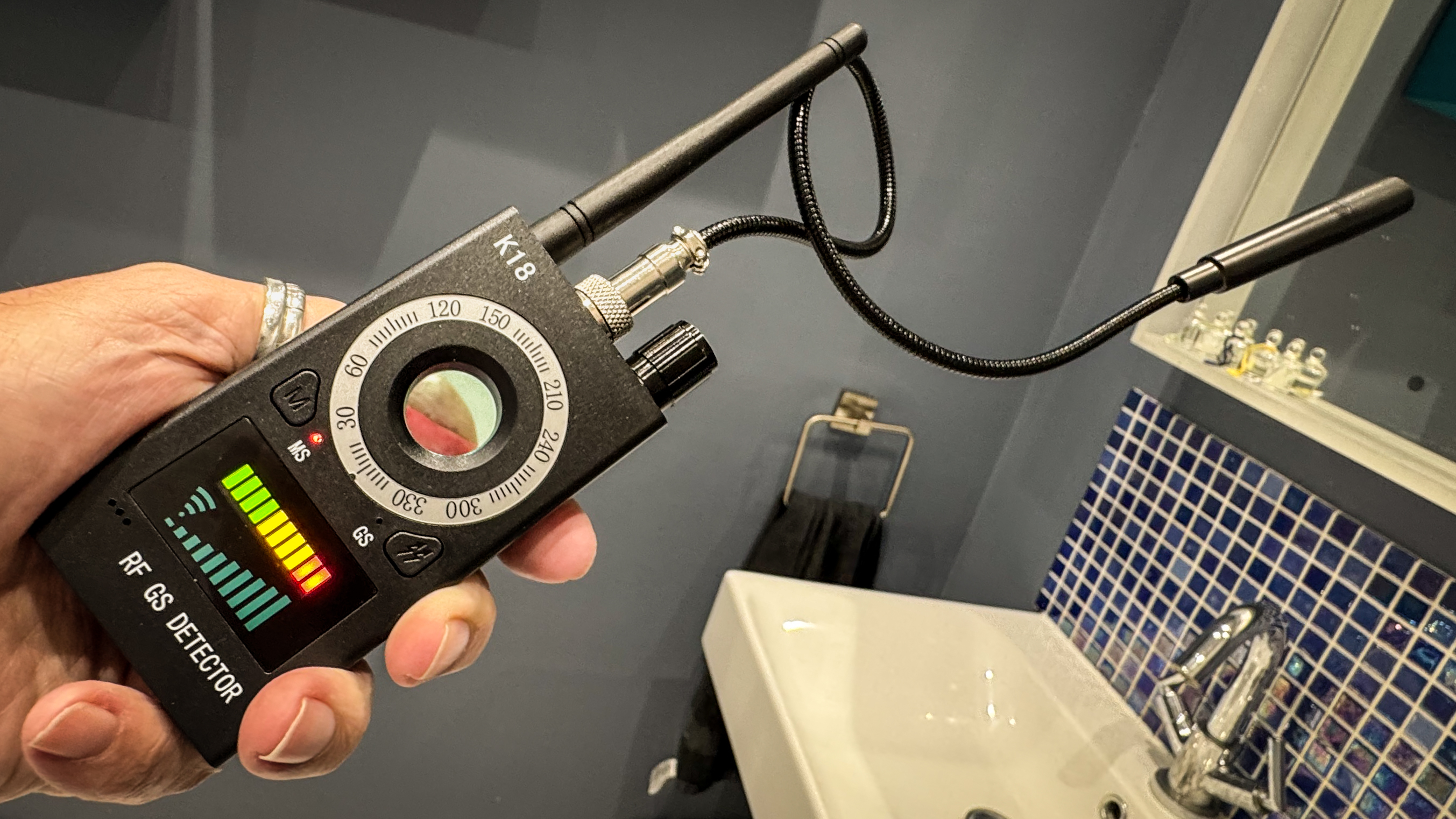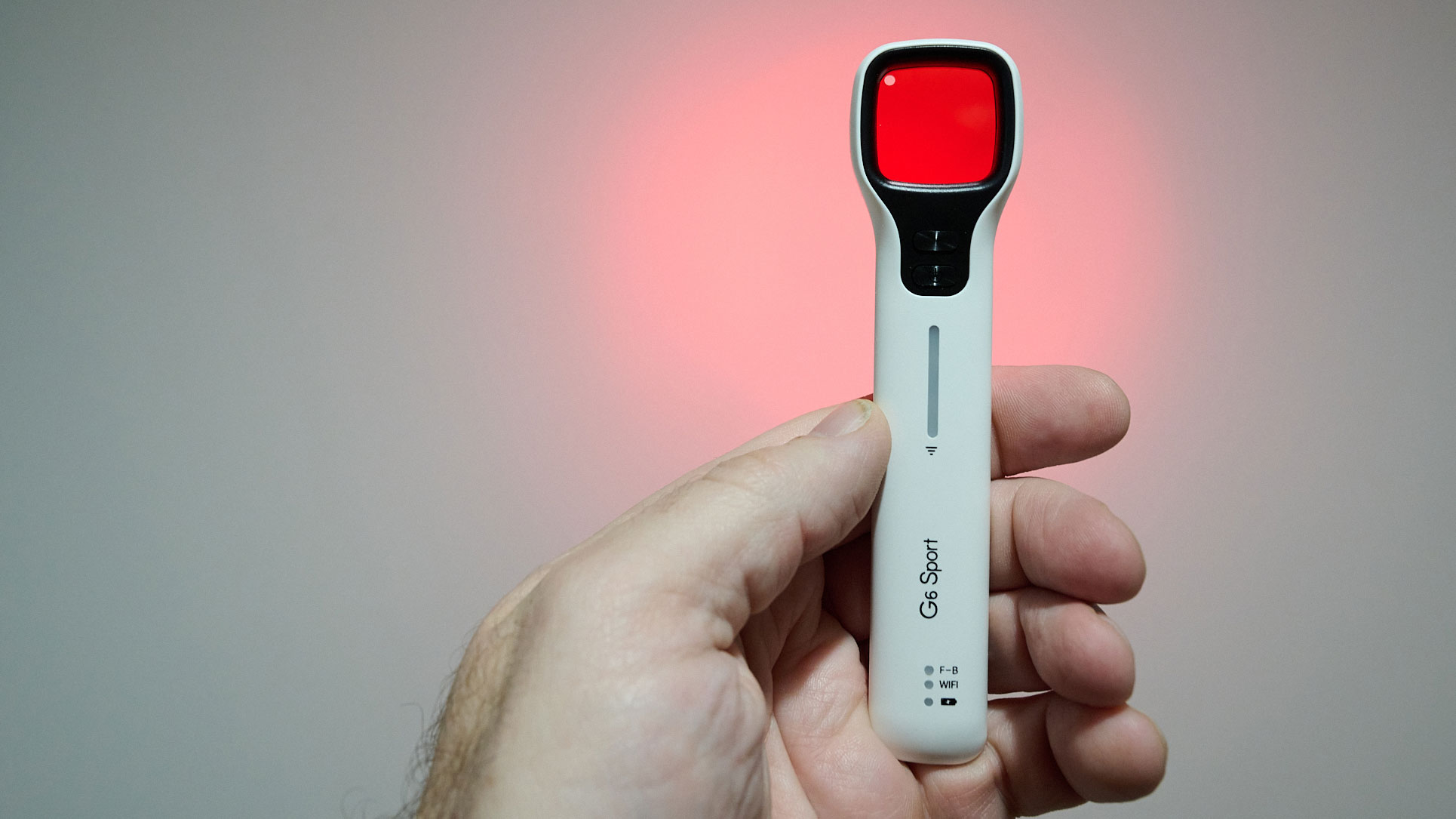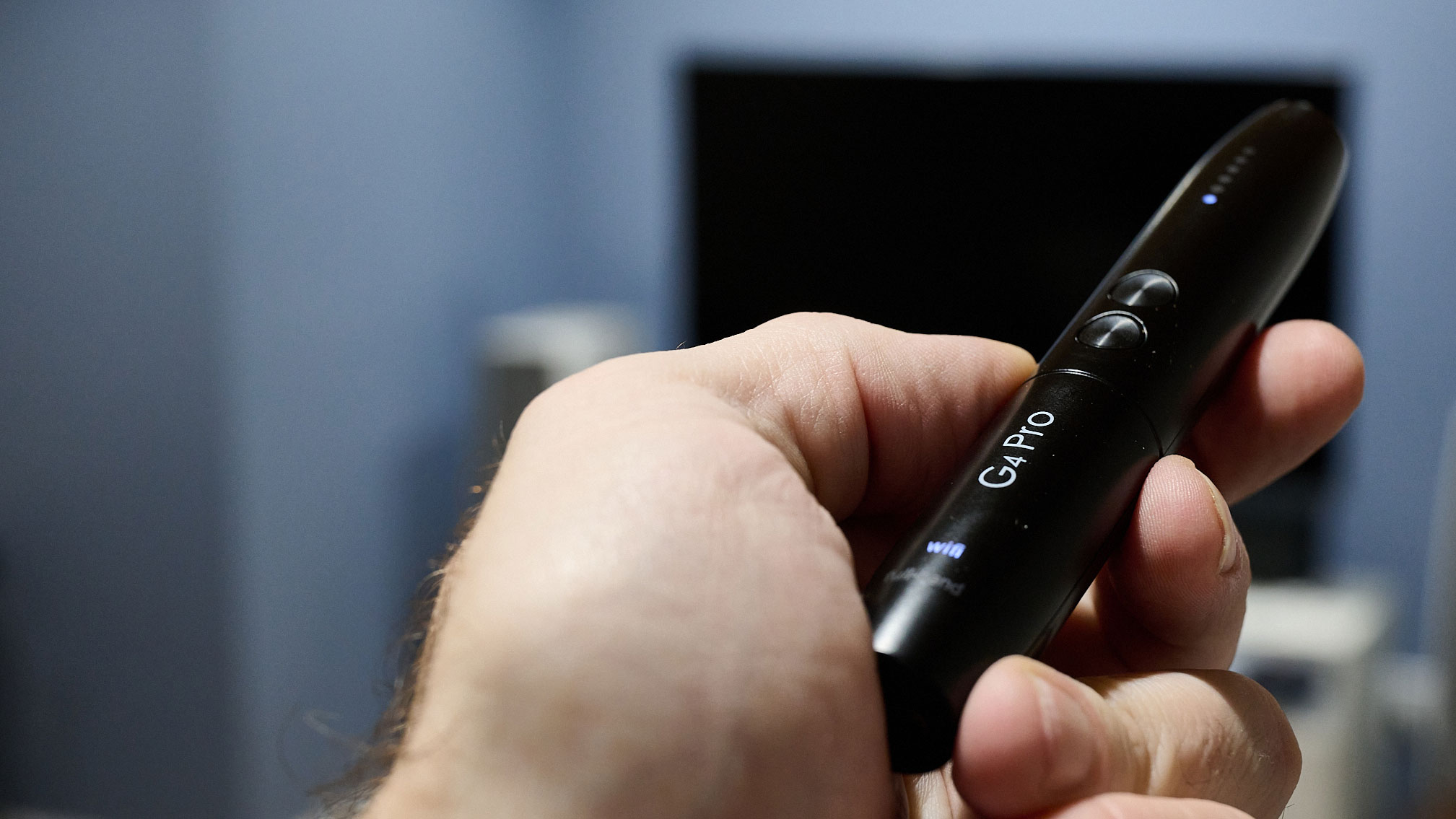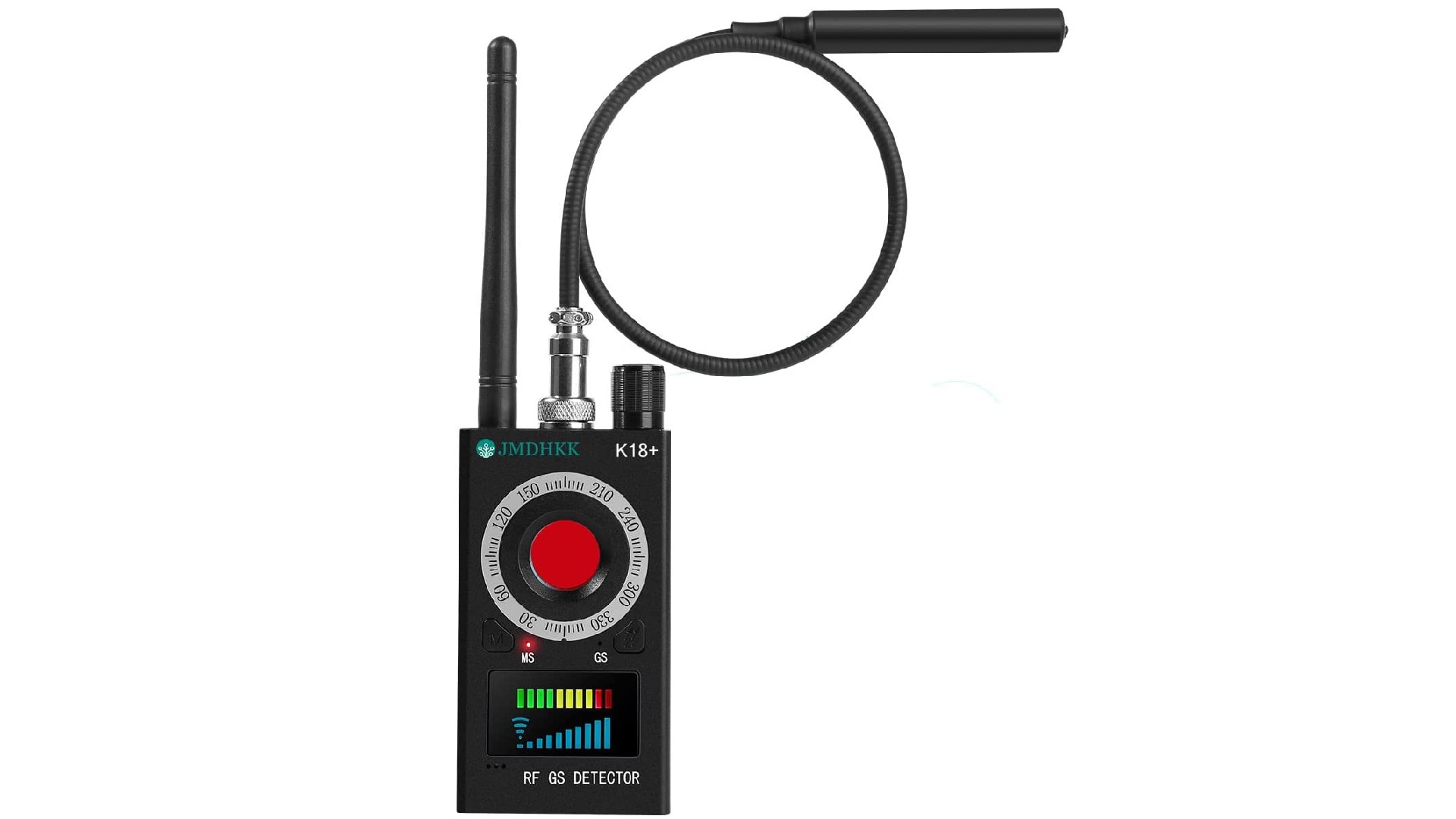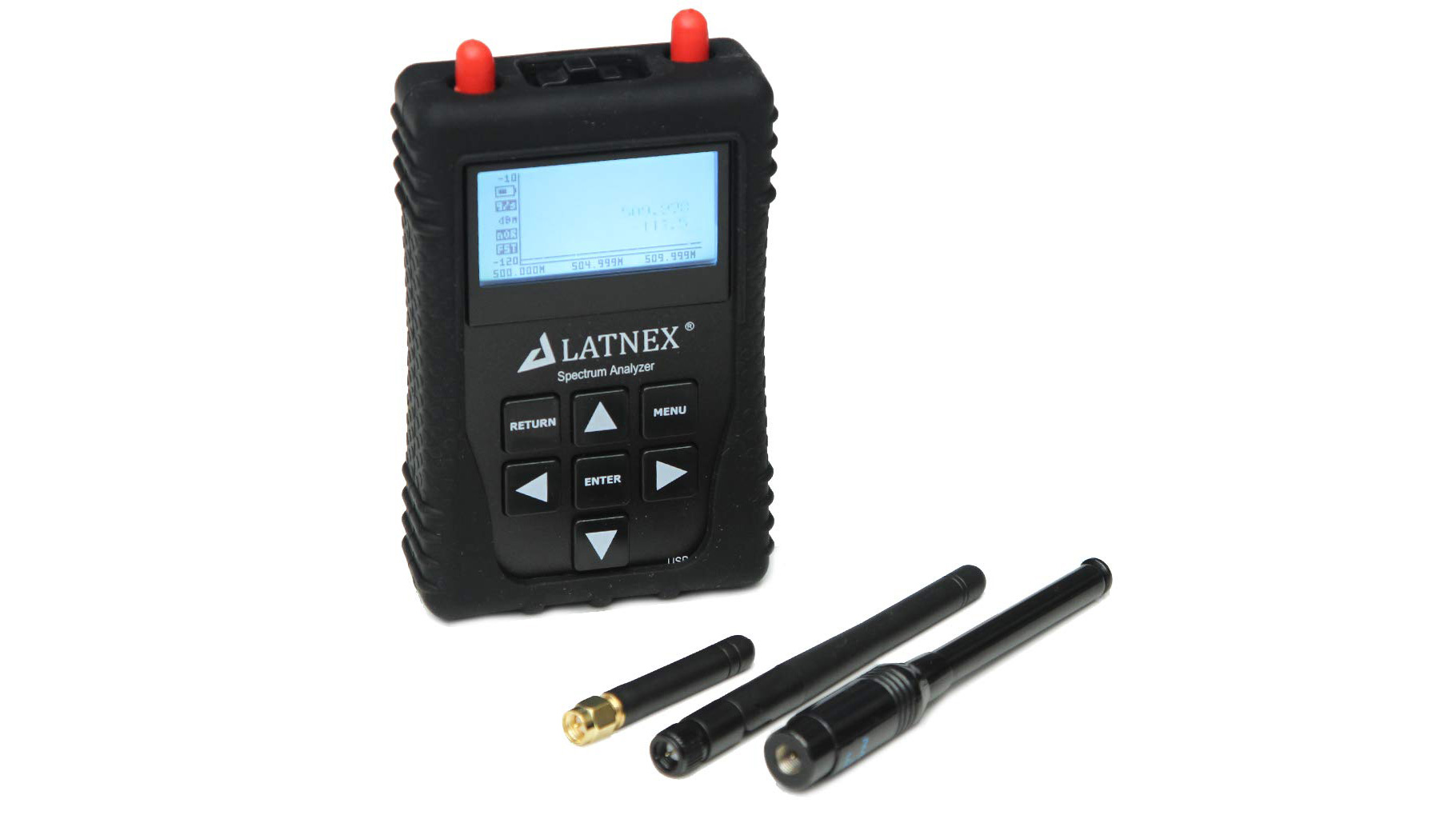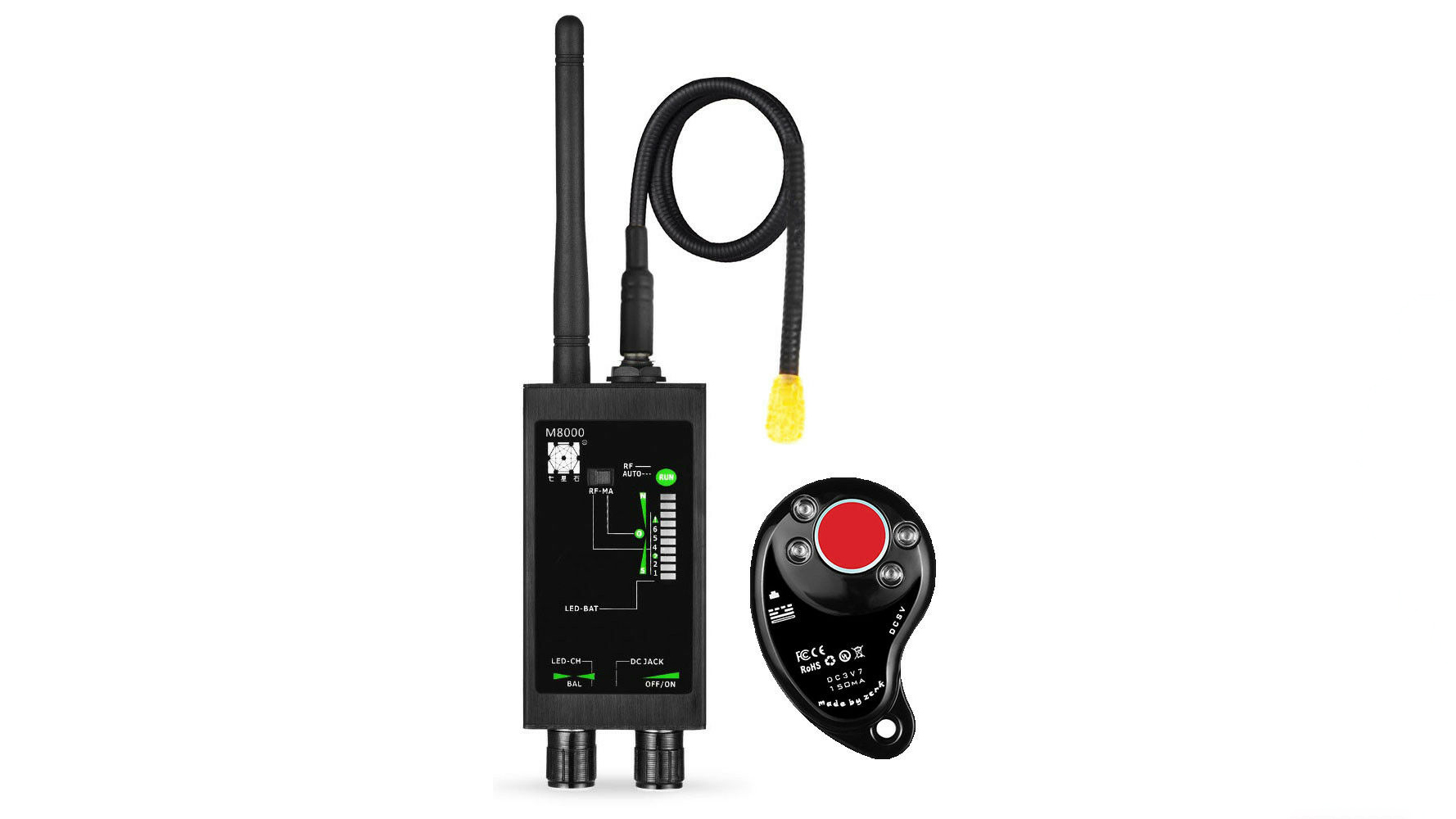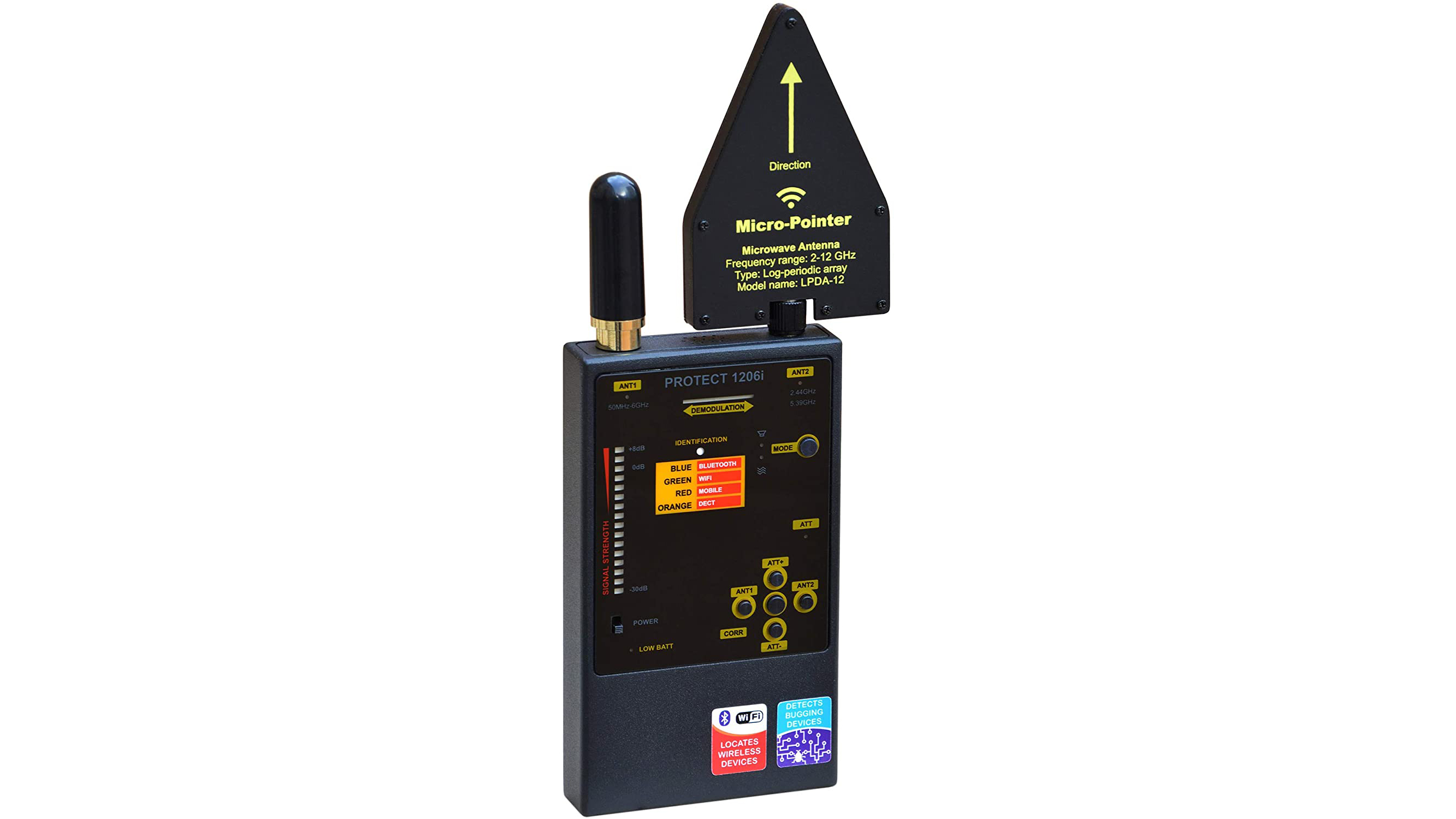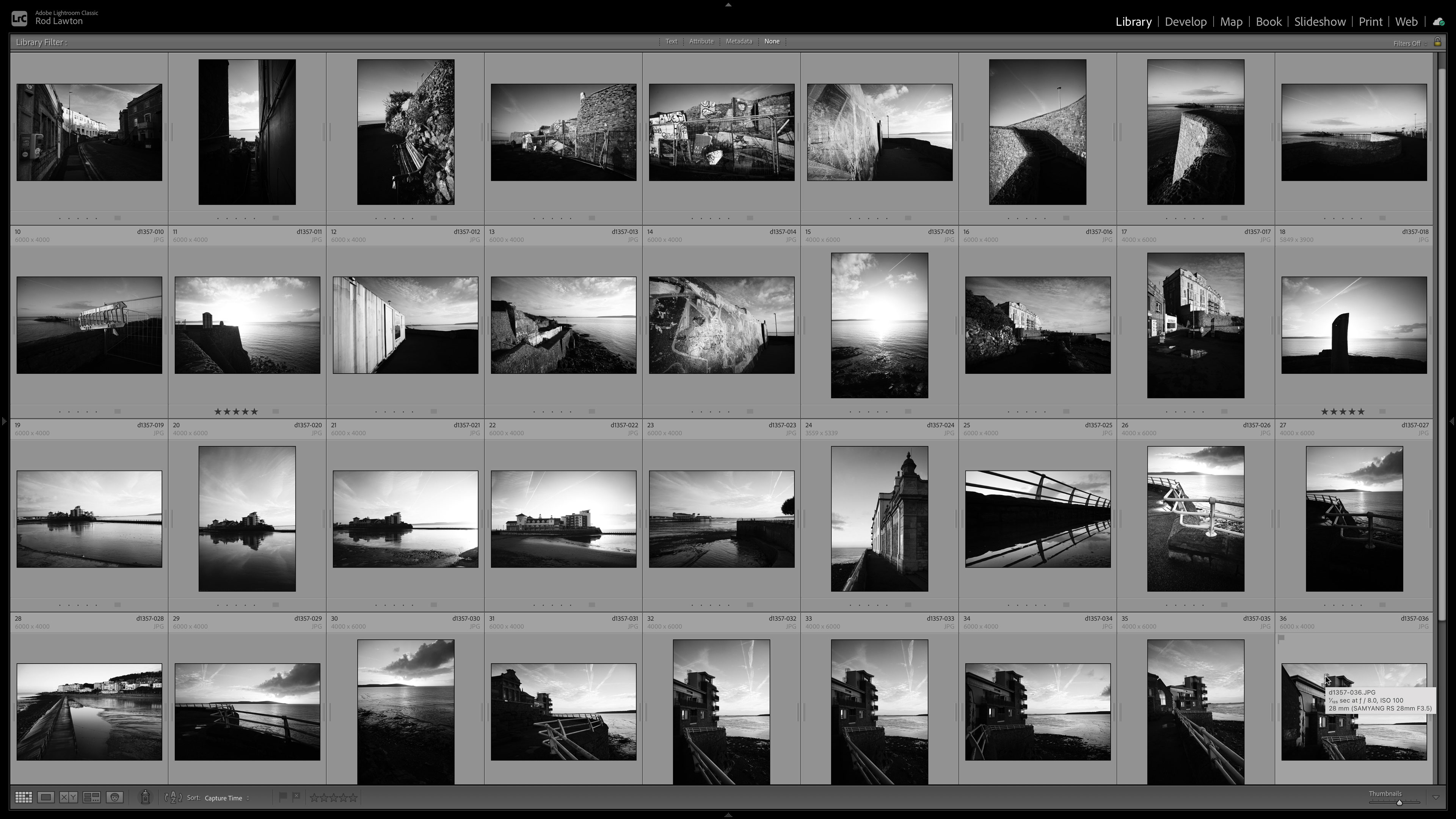The best hidden camera detector: easily find bugs, trackers and spy cams
Make sure you're not being watched using our expert pick of the best hidden camera detectors to locate spy cams and bugs
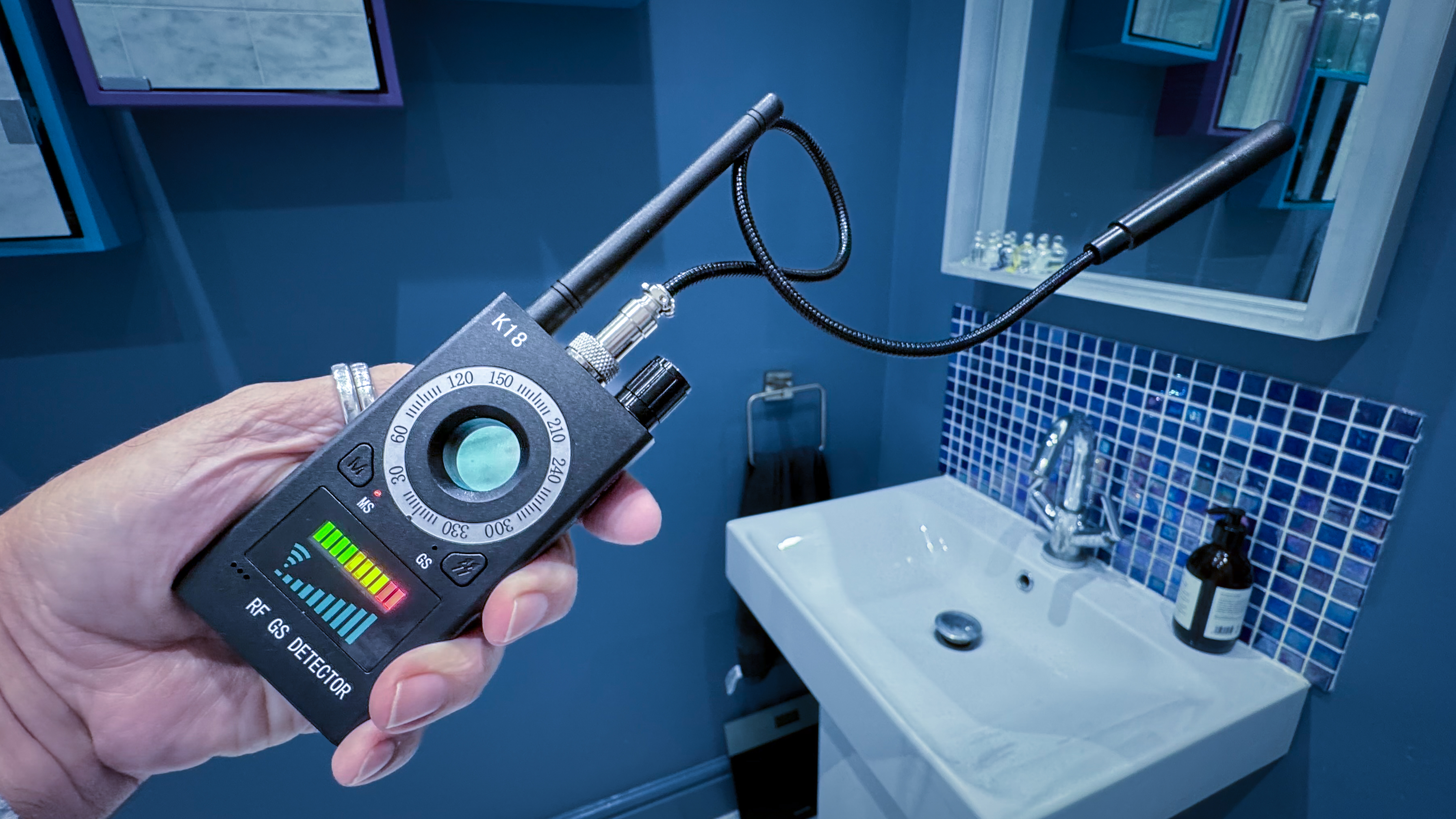
It's estimated that 11% of travellers will be exposed to hidden cameras. Over the last 10 years the way we travel has changed, with Airbnb and VRBO's new business model and the changes in tech giving "digital peeping toms" a lot of opportunity. Cameras have also been found in changing rooms, college dorms, and plenty more locations. The anti-spy devices in this list will let you take back control.
These days, spy cameras are easily available to the general public, and just looking around the room isn't always good enough. We aren't just talking about the indoor security cameras you already know about. The solution – anti spy devices – come in all shapes and sizes. Ultimately, though, they all do similar things. They help detect the signal from hidden cameras (concealed wifi and bluetooth devices, for example) and shine a light that can reveal the hidden camera lenses (these might be concealed in items such as alarm clocks, phoney fire detectors and the like).
A quick sweep with a hidden camera detector, though, is all you need to put your mind at rest and works using the same principles as professional counter-surveillance officers. Below we've listed the best on the market today, at a range of prices to suit every budget. If you'd like to know a bit more about how we chose these, and you should use them, check the FAQs at the bottom.

Dan M Lee is a professional travel and adventure photographer who has shared his knowledge with hundreds of individuals through his in-person wilderness photography training and thousands more through his writing. That includes a book, Creating Photography: The Professional Edge but the way to get involved is to join him on an expedition via kodiakphotoworkshop.com. His extensive traveling means he can be out of his home for more than half the year, which has also seen him develop an interest in smart security systems.
The Quick List

The K68 is a powerful hidden camera detector. Be warned, though, that it's known by a number of names. The Sherry model is easier to find in the USA, while the KMDHKK edition is easily found in the UK.
Read more below
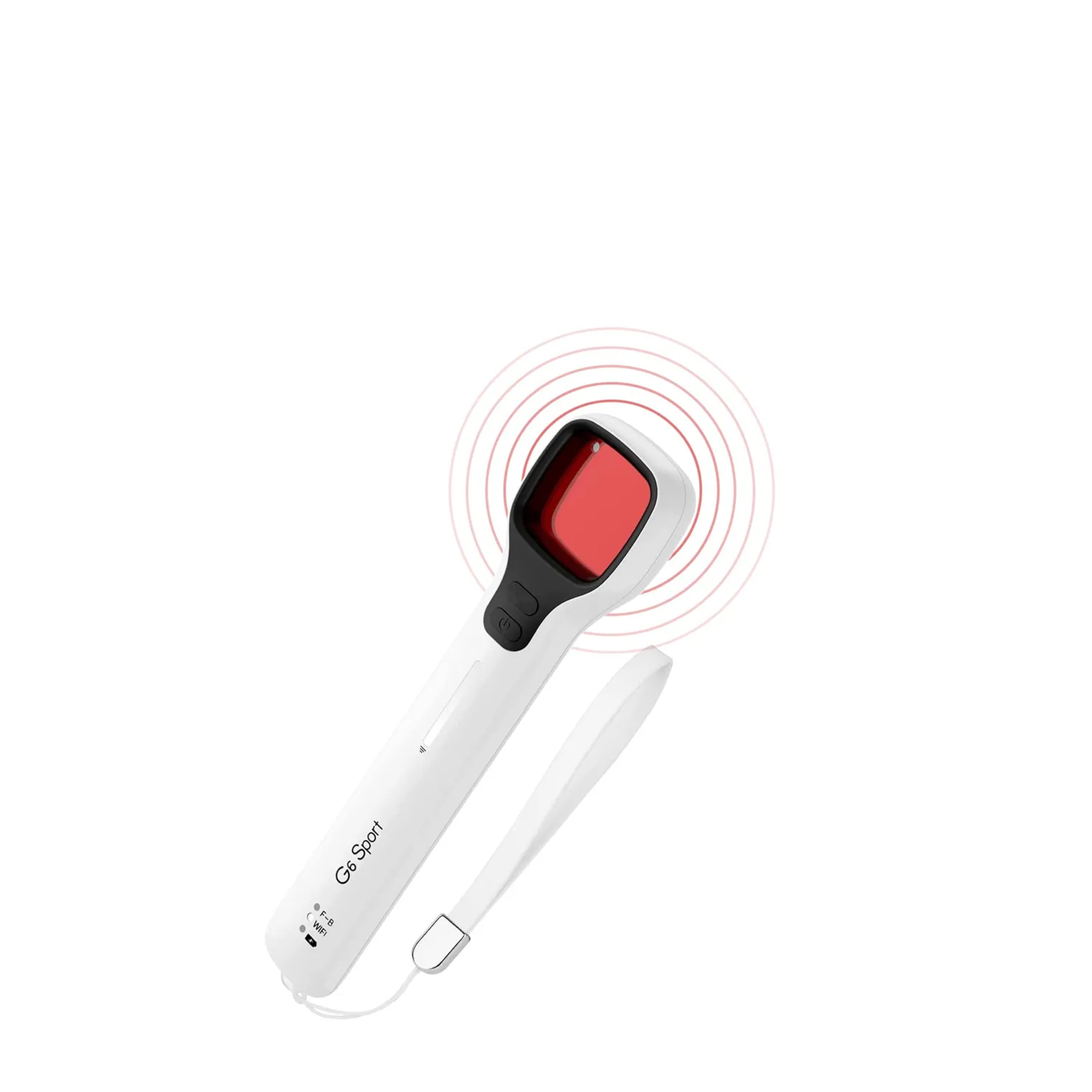
Most of us just want to quickly check out a strange hotel room or Airbnb before settling in, and for that, the G6 Sport is an ideal traveling companion. It is compact, elegantly designed, and folds the crucial lens-finding and RF detection functions into a single device
Read more below
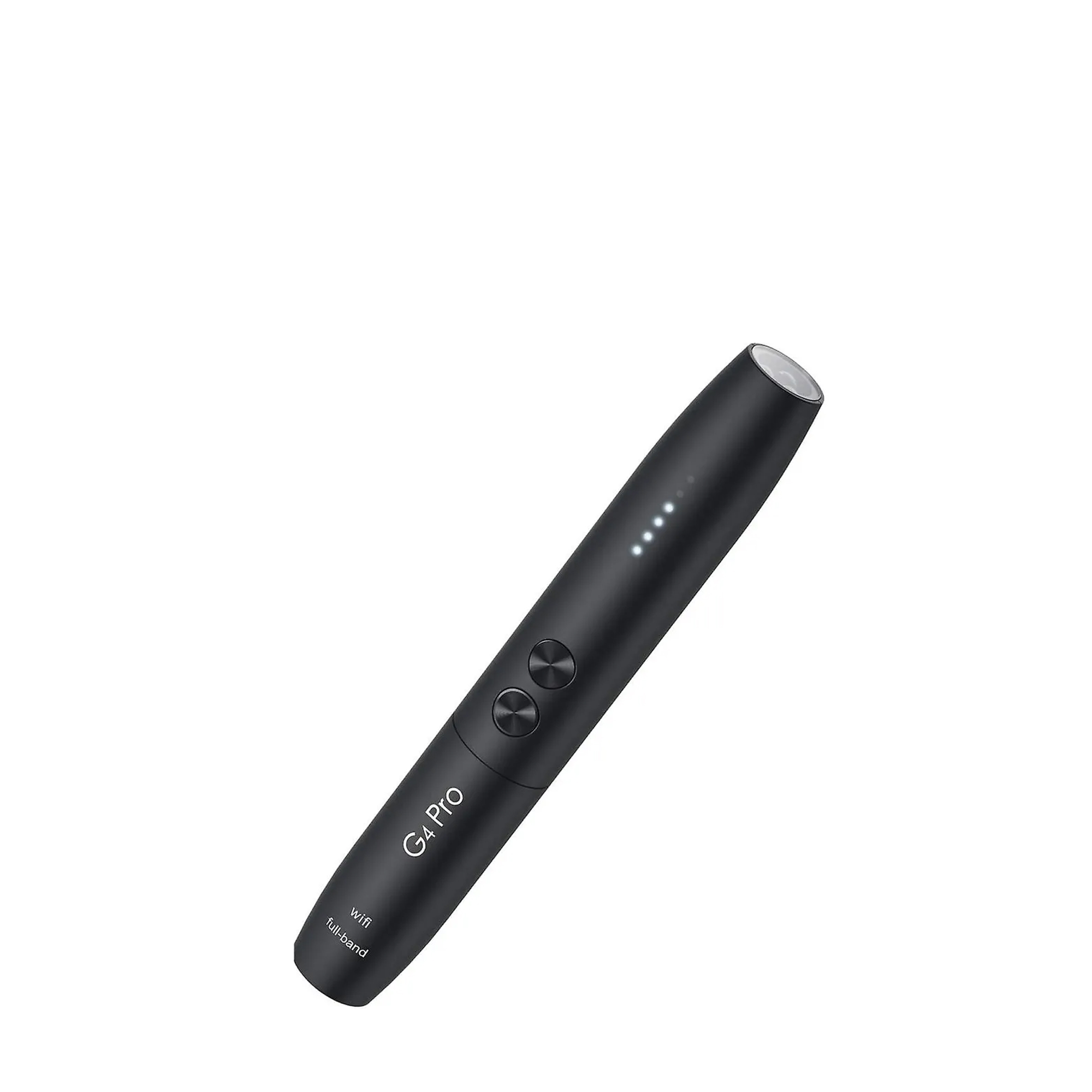
You don't necessarily want to advertise that you're using a hidden camera detector. So if you're looking for something small and easy to hide, we recommend the Jepwco G4 Pro. This pen-sized bug-sweeper is as easy to use as it is discrete.
Read more below

On a tight budget? This RF detector will help you find hidden cameras, bugs, GPS trackers, and wireless listening devices and offers excellent value.
Read more below

Want to get technical, and see all the details of what your device is detecting? Then the Latnex SPA-6G Spectrum Analyzer will be just up your street.
Read more below
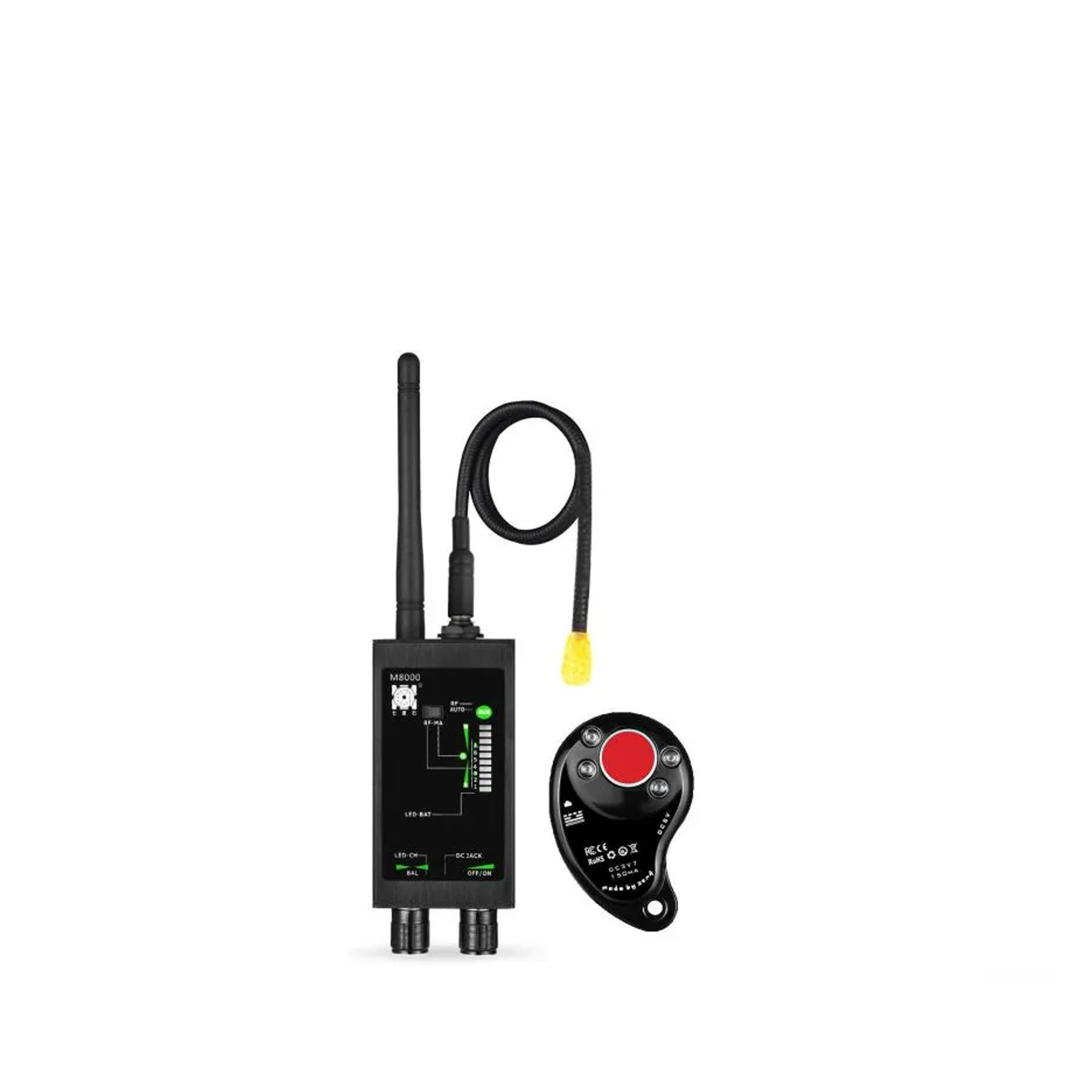
With a magnetic and a radio frequency detector in the same device, and supplied with a lens highlighter tool in the package, this is a useful bit of kit.
Read more below
View the full list ⤵
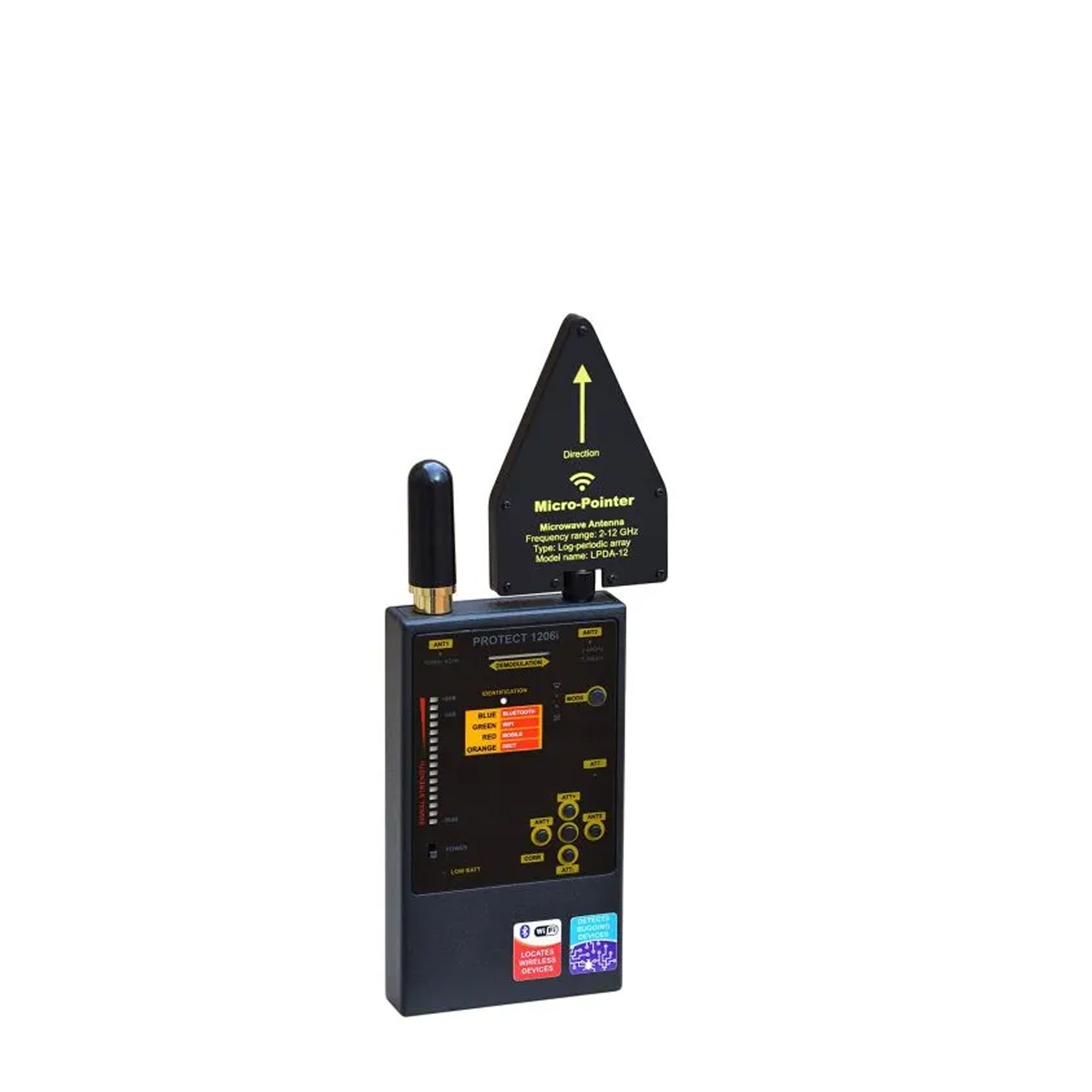
This device will detect all GSM, GSM(DCS), WCDMA or DECT 3G, Bluetooth or Wi-Fi signals, making this best for industrial action.
Read more below
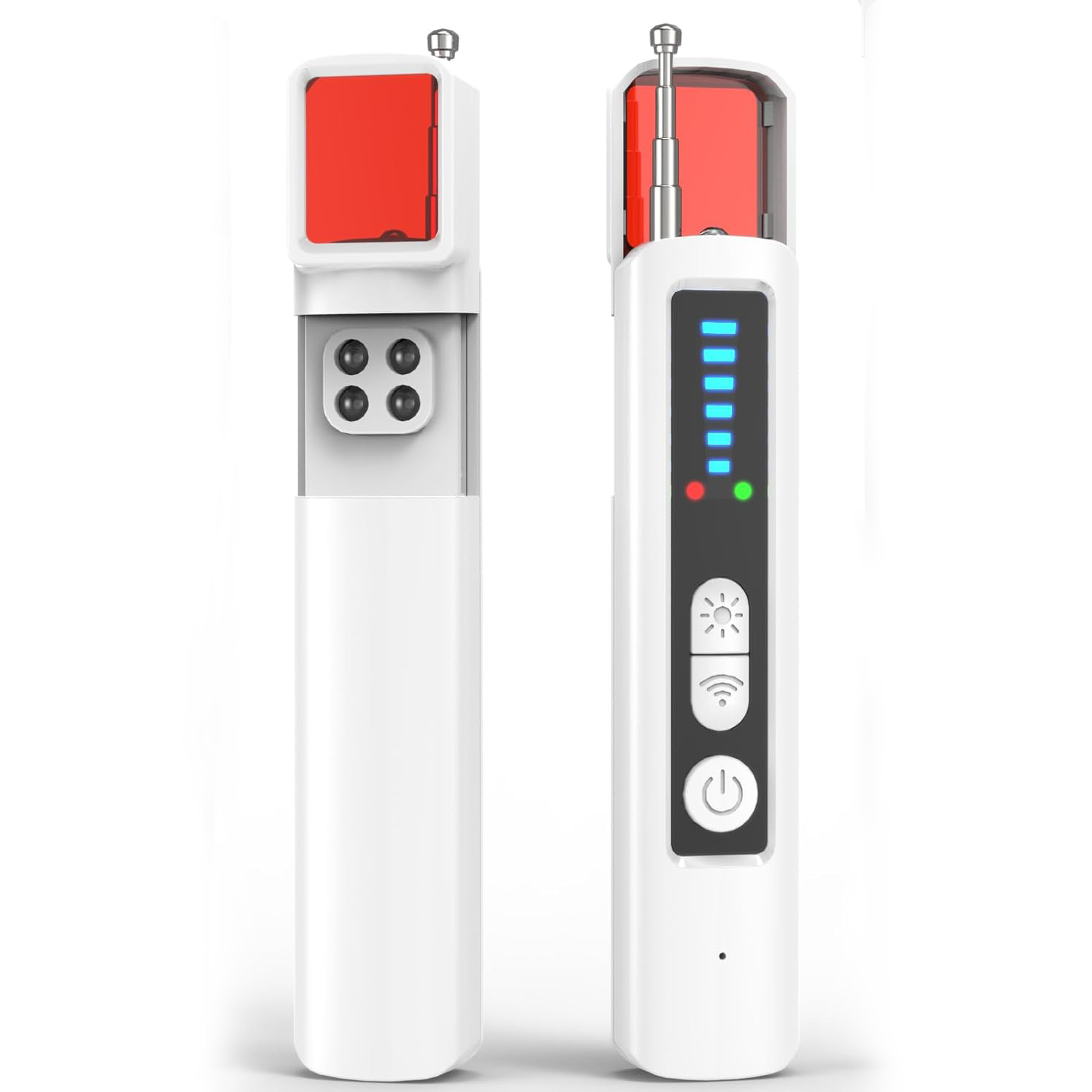
This alternative product has six levels of sensitivity you can adjust, is light and easy to carry, and has a 400mAh battery to power the detector flashlight Not much bigger than a pen it's easy to stuff in your bag or travel case, so this is a good alternative if stock is an issue with with the G6.
Best hidden camera detectors
Why you can trust Digital Camera World
Best detector overall
1. Sherry K68
Specifications
Reasons to buy
Reasons to avoid
The K68 is a powerful hidden camera detector. Be warned, though, that it's known by a number of names. The Sherry K68 model is easier to find in the USA, while the KMDHKK K68 edition is easily found in the UK.
Equipped with a built-in infrared detector, this hidden camera detector primarily relies on its robust RF sweep capability. The simulated analog dial conveniently displays the strength of the detected signal, and the top dial let me adjust sensitivity while narrowing down a focus on a potential threat. On the LED display, it is easy to see the RSS (received signal strength), battery percentage, and alert mode switched on.
A notable feature is the 'AI' function, activated by the right button, employing a pulse-based approach to streamline scanning, although it still needed me, the user, to figure out false positives. Particularly appreciated by individuals with hearing difficulties or in situations demanding discretion, the vibrate option replaces the piercing beep, which is, on this device, an optional feature rather than a default which I appreciated.
Magnetic Field Detection works to help find and locate magnetic GPS trackers (both the working ones and those on standby). Additionally, the detachable magnetic probe adds to the device's practicality, allowing users to remove it when not needed, it is rather long and can become quite clumsy. It does have a handy light on the end as well.
The JMDHKK / K68+ does have the longest charging time for 3+hours and is less portable than the other detectors on our list.
It detects 1.2G, 2.4G, or 5.8G wireless hidden cameras, SIM Card Bugs (2G, 3G, 4G, not 5G) / GPS trackers and radio waves, and magnetic fields. Which makes it the most versatile of the devices we tested.
Best detector for travel
2. G6 Sport
Specifications
Reasons to buy
Reasons to avoid
For those who prefer a swift assessment of unfamiliar hotel rooms or AirBnBs, the G6 Sport emerges as the perfect travel companion. Its compact size, elegant design, and integration of lens-finding and RF detection functions make it an efficient all-in-one device.
As a traveller myself, I appreciated its lightweight construction and the convenience of a common modern USB-C charging port. With an impressive 30-hour of usage battery life, frequent charging is unlikely but charging does take a little time.
Functionality-wise, the G6 Sport offers the flexibility to focus on Wi-Fi frequencies or scan the entire spectrum, while its adjustable sensitivity simplifies the process of identifying suspicious devices. Though a brighter light for finding lenses would be preferred, the device adequately meets the task at hand. The spacious viewfinder adds to the user-friendly experience, making it easy to navigate and inspect the surroundings.
The buttons are really small though, which is its only drawback, and priced the same as the Hero Privacy Pen (around $60), you can choose between black or white colours.
Best small detector
3. Jepwco G4 Pro
Specifications
Reasons to buy
Reasons to avoid
You don't necessarily want to advertise that you're using a hidden camera detector. So if you're looking for something small and easy to hide, we recommend the Jepwco G4 Pro. This pen-sized bug-sweeper is as easy to use as it is discrete.
This hidden camera detector makes a few good design decisions that are apparent the second you get it out of the box. First, it's rechargeable, via a standard USB socket at the bottom (though Jepwco still supplies a charging cord) and there's a pinprick LED to indicate charging next to it.
The detection is via a kind of ‘bar chart’ of six white pinprick LEDs, which appear inspired by Apple MacBooks of the mid-2010s. Having only two buttons is very elegant, although it does mean you need to remember to do a long press for on/off. Once on the lower button allows you to switch between Wi-Fi and full-band sensitivity, and the chosen mode is nicely displayed by a glowing word.
Similarly, the top button cycles sensitivity. The end also acts as a torch which may help spot hidden lenses. At 30g and in a nice box, this could make a good gift for someone who struggles to trust their environment. The operation is very similar to the G6 Sport and performance is very similar too. The major differences are the buttons are much bigger on the G4 Pro and the battery life on the G4 Pro is a little less rated at 25hrs as opposed to the 30hrs on the G6
Best-value detector
4. JMDHKK K18 RF
Specifications
Reasons to buy
Reasons to avoid
On a tight budget? This RF detector will help you find hidden cameras, bugs, GPS trackers, and wireless listening devices and offers excellent value. Its 10-LED indicator shows you increased signal strength when it gets near the signal source, and alerts you once you're very near.
It's small, lightweight, and good for taking on a journey. On the downside, this device is fairly basic, and it takes quite a while to do a full scan of a room. However, at this low price, you can't really complain too much about that.
Best detector for visuals
5. Latnex SPA-6G Spectrum Analyzer
Specifications
Reasons to buy
Reasons to avoid
Want to get technical, and see all the details of what your device is detecting? Then the Latnex SPA-6G Spectrum Analyzer will be just up your street.
With two SMA connectors and three antennas, the unit has good coverage for most communication bands, including Bluetooth, LTE, and GSM as well as Wi-Fi. But where it really scores over the cheaper options is by providing a genuine visual representation of the strength of individual frequencies.
Operating in max, hold, and averaging modes, the system is flexible, and firmware updates are provided via the USB socket. The same connection allows export to view on-screen spectrums 3D (via the program Waterfall), offering more resolution and potential interest to HAM radio enthusiasts.
That said, for a quick scan of a hotel room this might be too much on the RF, and too little when it comes to the more ‘low tech’ features, like a light to reflect from lenses, which we recommend buying separately.
Best three-in-one detector
6. JMDHKK M8000
Specifications
Reasons to buy
Reasons to avoid
With a magnetic and a radio frequency detector in the same device, and supplied with a lens highlighter tool in the package, this is a useful kit that will help you whether you’re checking out meeting rooms, looking for GPS devices under cars, or sweeping a hotel room for a hidden camera.
With a user-facing sensitivity dial, it's easy to hone in on the source of a radio signal, starting to up the sensitivity as you get nearer. When you plug in the magnet sensor you need to remember to switch over to magnet mode and then center the chart. But the diagrammatic design (and relentless beeper) makes remembering this easy enough.
There's a light on the end of a flexible probe, so looking under cars is easy and it's sensitive enough to spot a hard drive magnet. Some might have found having the hidden camera detector built in easier, but this way two people can work together for a quick sweep.
Best anti-espionage detector
7. DefCon DD1206
Specifications
Reasons to buy
Reasons to avoid
In a market dominated by low-cost products, a professional can struggle to get something with the full feature range they need. This device will detect all GSM, GSM(DCS), WCDMA or DECT 3G, Bluetooth, or Wi-Fi signals and the additional pointer antenna is up to four times as sensitive as competing products in these last two categories.
That means you can scan for analog (traditional VHF/UHF bugs) and digital ones at the same time with no worries of missing anything. As a user, you can also choose to push up the sensitivity for either or both of the detection bands depending on your assignment, and with 16 segments the readout is more detailed than most.
There is also the chance of the correlation function producing feedback, where you’ve got an FM transmitter-style bug. This device isn’t a cheap option and may provide more than you need in the radio area while missing out on magnetic fields, so you should decide whether it’ll make your operations faster.
FAQs
How do I find hidden cameras?
There are essentially two ways to find hidden cameras. One is to look for the lens, which can be very small, while the other – especially effective now – is to find a radio signal emitted from the device.
• Turn off the lights – the hidden camera detector will shine a light that will glint from the lens. A viewfinder makes it easier to spot, but darkness is very useful.
• Turn off devices you know about – many devices seek out unexpected radio frequency (RF) signals which might carry the picture, perhaps by Wi-Fi. This is also useful in spotting other live snooping tools, like GPS trackers (these are more traditional bug detectors). It's much harder to find a suspect device if you leave others on.
• Look for Infra-Red (IR) lights – many compact cameras designed for night vision have built-in IR lights which aren’t visible to the naked eye but are a reasonable indicator that a camera is nearby.
How accurate are hidden camera detectors?
How reliable are hidden camera detectors? Like photography, having the best device isn't always the key.
When you're sweeping for hidden lenses, usually with a red light, it is important to look everywhere for the suspect glint of light. If you see it, get closer and investigate.
RF detection only works if there is a signal to detect, and again it requires sweeping the detector by hand. You can make life easier by turning off any devices you know about already, like your phone.
What do hidden cameras look like?
There are a lot of different hidden cameras out there, so what should you be looking for?
Lenses can be as small as the tip of a pen, but it's also easy to overlook devices like indoor security cameras because they're so innocuous. To look from the other side, we cover some in our best spy cameras guide. Don't forget some folk wear glasses with cameras built-in, too.
But not all hidden cameras are malicious; don't forget the joy of bird box cameras.
Why is there a sensitivity adjustment on my hidden camera detector?
RF detectors have sensitivity adjustments. Their purpose is to help narrow down a search in a big room.
First, you begin at high sensitivity and sweep until the sensor alerts you to a suspect frequency. Then approach the location and turn down the sensitivity. Repeat this a few times and you'll be very near the suspicious device.
How did we select the hidden camera detectors?
Because, as we explained, there are different ways to find a hidden camera, we made sure we found examples that fit into each category.
The principle behind lens detection is very simple, with you simply needing to look through a viewfinder. Size, price, and (to a lesser extent) the brightness of built-in lights are key factors.
When looking at RF scanners, we were especially interested in the ability to find frequencies commonly given off by hidden cameras (e.g. 2.4GHz for most Wi-Fi devices).
After functionality, we considered portability, usability, and value. We also look at extra related features. A magnetometer, for example, is useful for finding hidden GPS devices tucked under your car, so might be handy if you're concerned about your privacy.
How we test hidden camera detectors
All these products are tested against mesh Wi-Fi, RF security systems (such as Vivant which uses some RF for its products) and Wi-Fi and Bluetooth hidden camera devices. We tested at various operating ranges from 30ft down to 2ft or inside the manufacturer's operating guidelines for each device.
The other tests against GPS-enabled devices to see if they would be found, such as the Motorola Defy GPS Tag which could technically be used as a tracker. We also tested against Apple AirTags and Samsung Smart Tag devices, as these could be used to track someone unaware of them being on their person, or in their bag or car. Several tests against any device that could be used for invasive spying either in plain sight or through fabric.
Find out more about how we test and review on Digital Camera World
Today's prices compared
The best camera deals, reviews, product advice, and unmissable photography news, direct to your inbox!

Dan M Lee is a professional travel and adventure photographer who has shared his knowledge with hundreds of individuals through his in-person wilderness photography training and thousands more through his writing. That includes a book, Creating Photography: The Professional Edge but the way to get involved is to join him on an expedition via kodiakphotoworkshop.com.
Dan has a broad range of photographic interests – and tech enthusiasm – which he can trace back to his first job, while still at school, in a photography shop in England. He has since been lured across the Atlantic to New York City where he undertakes commissions for numerous publishers.
His extensive traveling means he can be out of his home for more than half the year, which has also seen him develop an interest in smart security systems.
He is also a regular on the Not The Gear and The Grumpy Photographer podcasts.
- Adam JuniperManaging Editor
